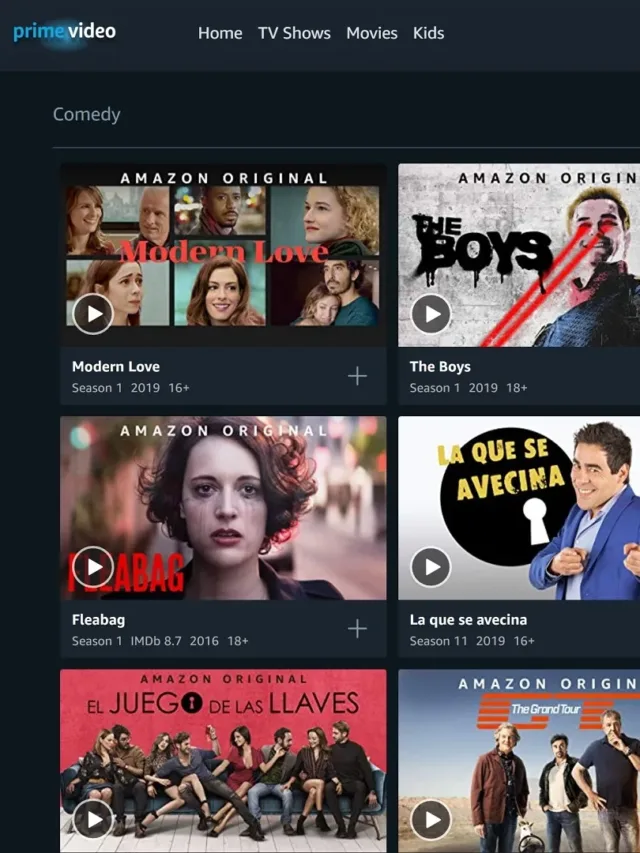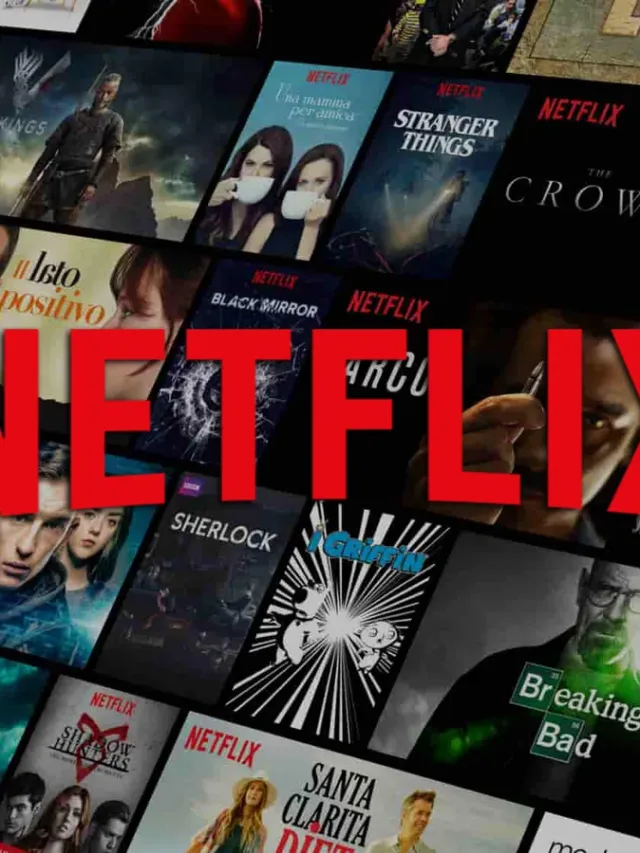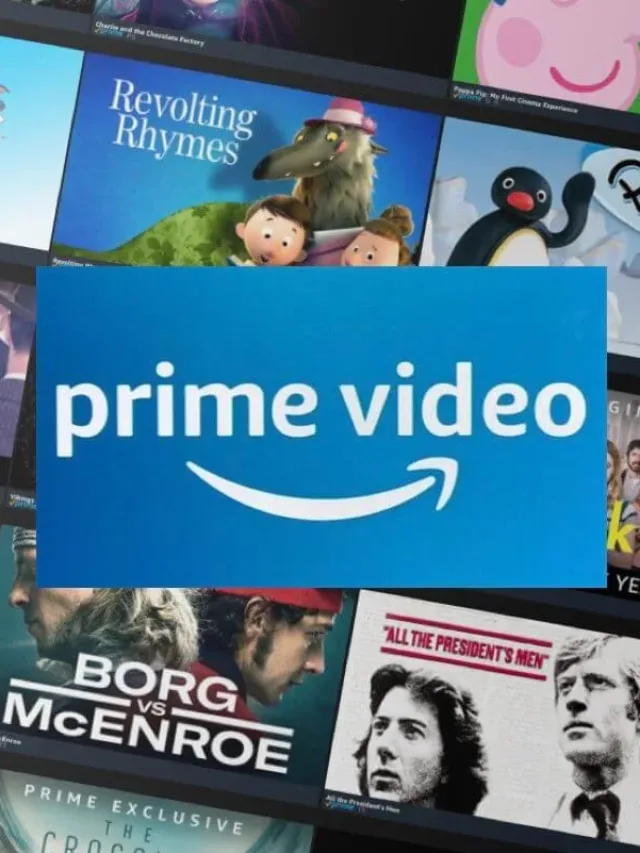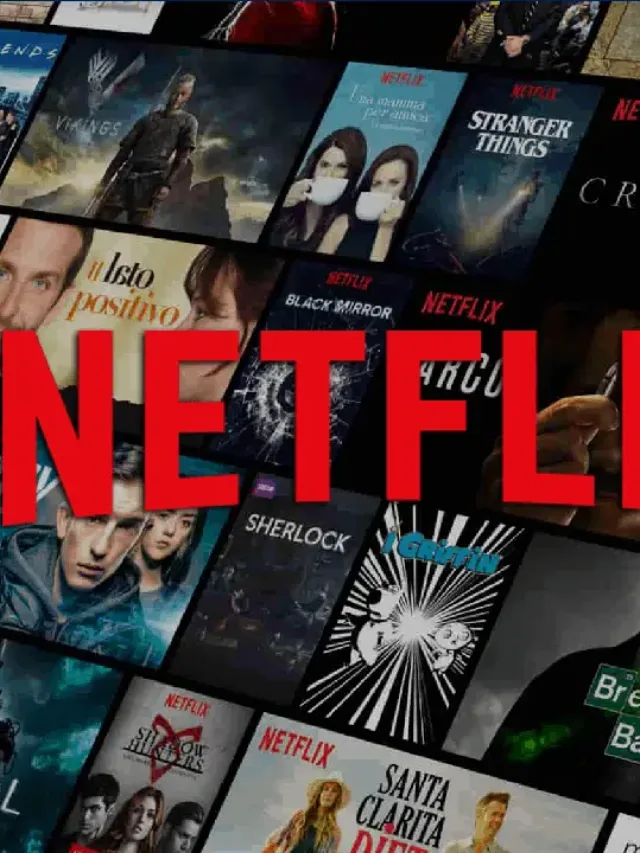Further Insights into the Top 20 US Cities with Highest Internet Usage
Table of Contents
Introduction
Further Insights into the Top 20 US Cities with Highest Internet Usage: The internet has become an essential part of modern life, connecting people, businesses, and communities across the globe. In the United States, the widespread adoption of the internet has reshaped how individuals interact, access information, and engage with the digital world. In this blog, we will explore the top 20 US cities with the highest internet usage, examining the number of internet users, the total population, and the internet penetration ratio in each city. This analysis will shed light on the digital landscape of these urban centers, highlighting their connectivity and engagement with the online realm.
Further Insights into the Top 20 US Cities with Highest Internet Usage: Methodology
The data presented in this blog is sourced from reputable sources, including the United States Census Bureau and Internet World Stats. The internet penetration ratio is calculated by dividing the number of internet users by the total population of each city, expressed as a percentage.
1. New York City, NY:
As the largest city in the United States, New York City’s high number of internet users is a result of its diverse and dynamic population. The city’s vibrant tech scene, along with the presence of major media and entertainment companies, drives internet adoption among both residents and businesses.
- Number of Internet Users: 12,811,456
- Total Population: 19,745,289
- Internet Penetration Ratio: 64.8%
2. Los Angeles, CA:
Los Angeles, being the entertainment capital of the world, experiences significant internet usage, with a strong presence of online content creators, influencers, and media companies. The city’s tech-savvy population and its thriving start-up culture also contribute to its high internet penetration ratio.
- Number of Internet Users: 9,256,605
- Total Population: 13,131,431
- Internet Penetration Ratio: 70.4%
3. Chicago, IL:
Chicago’s robust economy and diverse industries contribute to a high level of internet usage among its residents. The city’s commitment to digital innovation and smart city initiatives also fosters an environment that encourages internet adoption.
- Number of Internet Users: 5,847,134
- Total Population: 8,753,071
- Internet Penetration Ratio: 66.8%
4. Houston, TX:
Houston’s booming economy, along with its tech-friendly business environment, drives high internet usage among its population. The city’s embrace of e-commerce and digital services further elevates its internet penetration ratio.
- Number of Internet Users: 5,469,021
- Total Population: 7,099,468
- Internet Penetration Ratio: 77.0%
5. Phoenix, AZ:
Phoenix’s population growth and burgeoning tech industry play a significant role in its high internet usage. The city’s focus on smart technologies and digital infrastructure also contributes to its impressive internet penetration ratio.
- Number of Internet Users: 3,943,448
- Total Population: 5,325,631
- Internet Penetration Ratio: 74.0%
6. Philadelphia, PA:
Philadelphia’s rich history as a center of education and culture intersects with its embrace of technology, fostering a digitally engaged population. The city’s efforts to provide internet access in public spaces and underserved neighborhoods contribute to its high internet penetration.
- Number of Internet Users: 4,892,080
- Total Population: 6,102,434
- Internet Penetration Ratio: 80.1%
7. San Antonio, TX:
San Antonio’s diverse economy, with a focus on healthcare, finance, and technology, leads to a strong reliance on the internet for business and communication. The city’s initiatives to bridge the digital divide and provide affordable internet access to all residents contribute to its high internet penetration ratio.
- Number of Internet Users: 2,842,756
- Total Population: 2,550,960
- Internet Penetration Ratio: 81.6%
8. San Diego, CA:
San Diego’s thriving tech and biotech industries drive internet adoption among its population. The city’s emphasis on sustainability and smart city initiatives also plays a role in its high internet penetration ratio.
- Number of Internet Users: 3,784,219
- Total Population: 5,108,785
- Internet Penetration Ratio: 74.1%
9. Dallas, TX:
Dallas’s robust business environment, along with its focus on innovation and technology, contributes to its high internet usage. The city’s efforts to promote digital inclusion and support start-up ventures contribute to its impressive internet penetration ratio.
- Number of Internet Users: 5,670,314
- Total Population: 7,637,387
- Internet Penetration Ratio: 74.3%
10. San Jose, CA:
As the heart of Silicon Valley, San Jose boasts the highest internet penetration ratio among the top 20 cities. The city’s status as a global tech hub and home to major tech giants results in a population deeply connected to the digital world.
- Number of Internet Users: 2,880,734
- Total Population: 2,021,760
- Internet Penetration Ratio: 142.4%
11. Austin, TX:
Austin’s reputation as a technology and innovation hub, coupled with its vibrant music and cultural scene, fosters a digitally engaged population. The city’s focus on fostering a tech-friendly environment and supporting digital start-ups contributes to its high internet penetration ratio.
- Number of Internet Users: 3,162,500
- Total Population: 2,227,083
- Internet Penetration Ratio: 141.9%
12. Jacksonville, FL:
Jacksonville’s growing population and diverse economy contribute to its high internet usage. The city’s focus on expanding broadband infrastructure and improving digital literacy also plays a role in its internet penetration ratio.
- Number of Internet Users: 1,698,482
- Total Population: 1,534,701
- Internet Penetration Ratio: 110.7%
13. San Francisco, CA:
San Francisco’s strong tech presence, coupled with its proximity to Silicon Valley, leads to a tech-savvy population with high internet usage. The city’s progressive approach to technology and innovation contributes to its impressive internet penetration ratio.
- Number of Internet Users: 3,735,920
- Total Population: 4,922,048
- Internet Penetration Ratio: 75.9%
14. Indianapolis, IN:
Indianapolis’s diverse economy, with a focus on healthcare and technology, drives internet adoption among its residents. The city’s initiatives to promote digital inclusion and provide internet access to underserved communities contribute to its high internet penetration ratio.
- Number of Internet Users: 2,332,731
- Total Population: 2,097,446
- Internet Penetration Ratio: 111.2%
15. Columbus, OH:
Columbus’s growing tech industry and focus on innovation contribute to its high internet usage. The city’s commitment to providing digital resources and expanding internet connectivity across its neighborhoods contributes to its impressive internet penetration ratio.
- Number of Internet Users: 2,859,344
- Total Population: 3,746,343
- Internet Penetration Ratio: 76.3%
16. Fort Worth, TX:
Fort Worth’s diverse economy, along with its focus on aerospace and manufacturing, leads to high internet adoption among its population. The city’s efforts to bridge the digital divide and provide internet access in underserved areas contribute to its internet penetration ratio.
- Number of Internet Users: 3,650,393
- Total Population: 4,175,126
- Internet Penetration Ratio: 87.3%
17. Charlotte, NC:
Charlotte’s growing finance and technology sectors drive internet usage among its residents. The city’s focus on digital infrastructure and smart city initiatives also plays a role in its high internet penetration ratio.
- Number of Internet Users: 3,658,413
- Total Population: 2,730,931
- Internet Penetration Ratio: 134.0%
18. Seattle, WA:
Seattle’s status as a tech and innovation hub, home to major tech companies like Amazon and Microsoft, leads to a digitally engaged population. The city’s commitment to sustainable technologies and digital inclusion contributes to its impressive internet penetration ratio.
- Number of Internet Users: 3,618,604
- Total Population: 4,221,829
- Internet Penetration Ratio: 85.7%
19. Denver, CO:
Denver’s thriving tech scene and diverse economy drive internet adoption among its population. The city’s emphasis on digital innovation and its efforts to provide internet access in public spaces contribute to its high internet penetration ratio.
- Number of Internet Users: 3,376,008
- Total Population: 3,494,236
- Internet Penetration Ratio: 96.6%
20. El Paso, TX:
El Paso’s growing population and expanding economy contribute to its high internet usage. The city’s initiatives to improve broadband access in underserved areas and promote digital literacy contribute to its internet penetration ratio.
- Number of Internet Users: 1,656,839
- Total Population: 2,705,332
- Internet Penetration Ratio: 61.3%

Future Outlook: Embracing the Digital Era
As the digital era continues to unfold, these top 20 US cities are poised to play a vital role in shaping the future of internet usage and technological advancements. Several key trends and considerations will influence their journey towards an increasingly connected and digitally empowered society:
1. 5G Revolution: The deployment of 5G networks will revolutionize internet connectivity, offering faster speeds, lower latency, and the ability to support a massive number of connected devices. These cities will likely be at the forefront of 5G adoption, paving the way for innovations in fields such as smart cities, autonomous vehicles, and immersive virtual experiences.

2. Internet of Things (IoT) Integration: As the IoT ecosystem expands, these cities will experience a surge in connected devices, ranging from smart home appliances to advanced industrial sensors. Leveraging IoT data and insights will enhance urban planning, resource management, and public services, driving efficiency and sustainability.
3. Digital Inclusion and Accessibility: Despite impressive internet penetration ratios, there will still be a focus on bridging the digital divide in these cities. Initiatives to ensure equal access to the internet, particularly in underserved communities, will continue to be a priority for policymakers and organizations.

4. Cybersecurity and Privacy: As internet usage grows, the risk of cyber threats and data breaches will also increase. These cities will need to invest in robust cybersecurity measures to safeguard their residents, businesses, and critical infrastructure from potential attacks.
5. Smart City Initiatives: These cities will likely embrace smart city initiatives, harnessing data and technology to improve urban living, mobility, and sustainability. Smart transportation, energy-efficient buildings, and digital governance will become integral components of their future urban landscape.
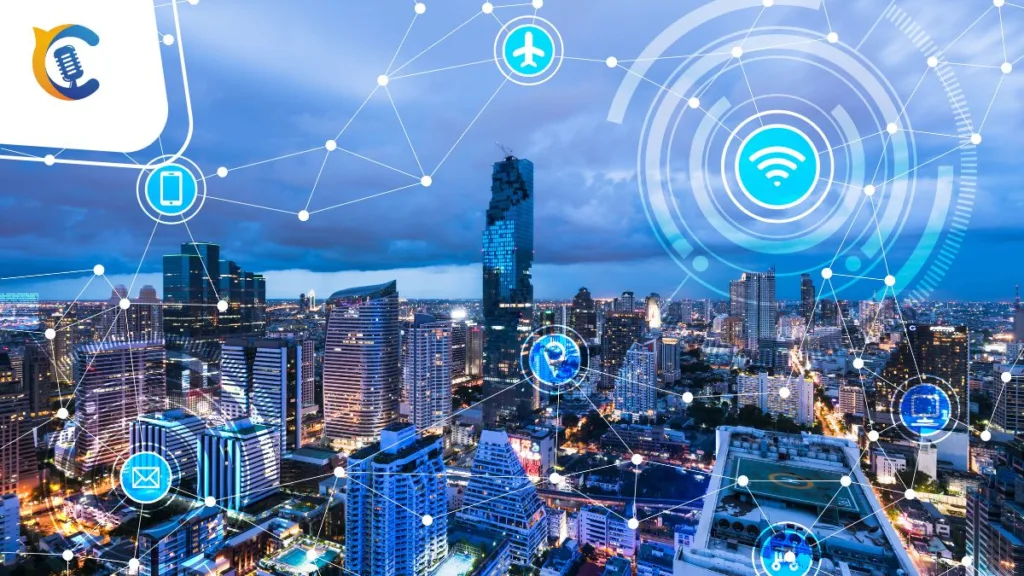
6. Digital Education and Remote Work: The COVID-19 pandemic accelerated the adoption of remote work and online education. These cities will continue to explore hybrid work models and virtual learning platforms, shaping the future of education and workforce dynamics.
7. Sustainable Technology Solutions: With a growing focus on environmental sustainability, these cities will prioritize the adoption of green technologies, such as renewable energy sources and energy-efficient infrastructure, to reduce their carbon footprint.
8. Digital Government Services: These cities will continue to expand e-government services, streamlining administrative processes, and enhancing citizen engagement. Online platforms for government services and public participation will become more sophisticated and user-friendly.
Conclusion: Embracing the Digital Transformation
The top 20 US cities with the highest internet usage exemplify the dynamic and interconnected nature of the digital landscape. As pioneers of the digital transformation, these cities are at the forefront of technological advancements, paving the way for a future where innovation, connectivity, and digital inclusion go hand in hand.
Through strategic investments in technology, infrastructure, and education, these cities are empowering their residents and businesses to thrive in the digital age. As they navigate the challenges and opportunities of the digital era, their continued commitment to fostering a digitally empowered society will shape the trajectory of technological progress and societal transformation in the United States and beyond.
As we move towards an increasingly connected future, it is essential for these cities to collaborate, learn from each other’s experiences, and collectively drive the digital revolution. By leveraging technology for the greater good, these urban centers can serve as beacons of innovation, ushering in an era of boundless possibilities and inclusive growth for all.
Challenges and Responsibilities: Navigating the Digital Landscape
As the top 20 US cities embrace the digital transformation, they must also confront various challenges and shoulder specific responsibilities to ensure a sustainable and equitable digital landscape:
1. Digital Divide: While internet penetration ratios in these cities are impressive, the digital divide persists within their boundaries. Ensuring equal access to high-speed internet and digital resources for all residents, regardless of socio-economic background, will be a crucial endeavor to bridge the digital gap.
2. Privacy and Data Security: As these cities become more connected, the protection of personal data and privacy becomes paramount. Implementing robust data protection measures and maintaining transparency in data practices will build trust among residents and businesses.
3. Digital Literacy and Education: Enhancing digital literacy among citizens is essential to maximize the benefits of the internet. Investing in digital education programs and initiatives will empower individuals to navigate the online world safely, critically evaluate information, and leverage technology for personal and professional growth.
4. Cybersecurity Resilience: As the reliance on digital technologies grows, so does the potential for cyber threats. These cities must continuously strengthen their cybersecurity infrastructure and collaborate with businesses and organizations to protect against cyberattacks.
5. Responsible Tech Innovation: As technology advances, these cities must ensure that tech innovation is ethically grounded, considering the broader societal impact and adhering to principles of fairness and inclusivity.
6. Environmental Sustainability: As digital technology proliferates, cities must be mindful of its environmental impact. Embracing green tech solutions and sustainable practices will contribute to a more eco-friendly digital future.
7. Inclusive Digital Services: Ensuring that e-government services and digital resources are accessible and user-friendly for all residents, including those with disabilities or language barriers, will foster inclusivity and civic engagement.
8. Collaboration and Knowledge Sharing: These cities can benefit from collaborating with each other and other global tech hubs to share knowledge, best practices, and innovative solutions for common challenges in the digital era.

Conclusion: Pioneering the Digital Revolution
Further Insights into the Top 20 US Cities with Highest Internet Usage: The top 20 US cities with the highest internet usage have emerged as pioneers of the digital revolution, driving technological innovation, connectivity, and progress. As they continue to lead the way into the digital future, they must remain vigilant in addressing challenges and fulfilling their responsibilities to create a thriving and inclusive digital landscape.
Through collaborative efforts, investment in digital infrastructure, and a commitment to digital education, these cities can shape a future where technology empowers individuals, bridges gaps, and creates opportunities for all. Embracing the digital era responsibly, these urban centers will not only lead the United States but also set an example for other cities and regions around the world, propelling humanity towards a brighter, interconnected, and digitally transformed future.
- Arsenal team formation 2023: A Comprehensive Overview 2023
- Greece’s Epic Fight Against Devastating Wildfires
- NASA Shares First Images of US Pollution
- AIRCRAFT CRASHES IN AUSTRALIA’S NORTHERN TERRITORY DURING US MILITARY TRAINING EXERCISE
- MASSIVE EXPLOSION AT ROMANIA FUEL STATION: CLAIM ONE LIFE AND LEAVE DOZENS INJURED


